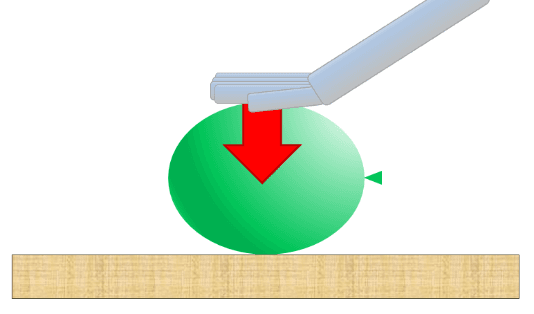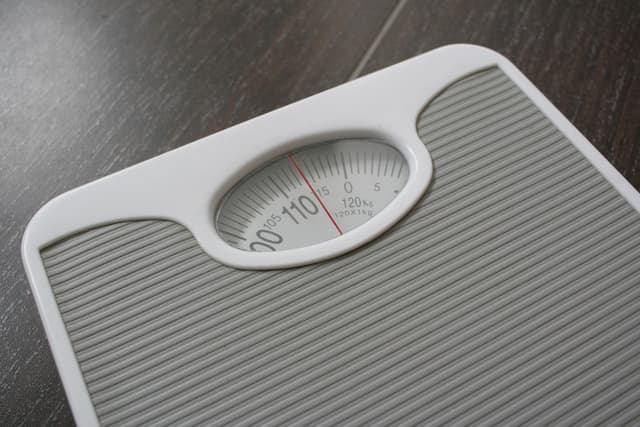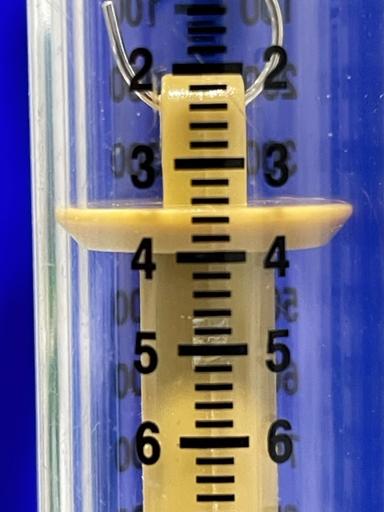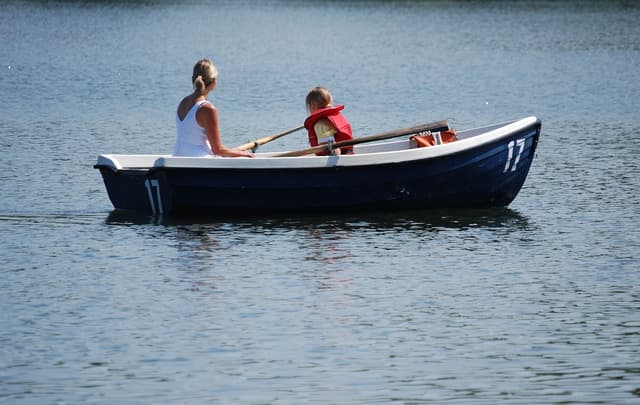Myths about teaching can hold you back


- Year 9
Pressure
I can describe and calculate pressure, the effect of a force acting over an area.


- Year 9
Pressure
I can describe and calculate pressure, the effect of a force acting over an area.
These resources were made for remote use during the pandemic, not classroom teaching.
Switch to our new teaching resources now - designed by teachers and leading subject experts, and tested in classrooms.
Lesson details
Key learning points
- Pressure is a measure of how concentrated a force is.
- Pressure = force ÷ area.
- Pressure is measured in newtons per square metre or per square centimetre.
- Another name for newtons per square metre is the pascal (Pa).
Keywords
Pressure - The effect of a force acting over an area.
Concentrated - When a force is concentrated on a small area the pressure is higher.
Newton per square centimetre - A unit for pressure.
Newton per square metre - The standard unit for pressure, and this is also known as the pascal (Pa).
Common misconception
Pressure and force are terms that are often used interchangeably.
Explore examples with pupils in which similar sized forces are used to create different pressures that the pupils can experience first hand.
To help you plan your year 9 science lesson on: Pressure, download all teaching resources for free and adapt to suit your pupils' needs...
To help you plan your year 9 science lesson on: Pressure, download all teaching resources for free and adapt to suit your pupils' needs.
The starter quiz will activate and check your pupils' prior knowledge, with versions available both with and without answers in PDF format.
We use learning cycles to break down learning into key concepts or ideas linked to the learning outcome. Each learning cycle features explanations with checks for understanding and practice tasks with feedback. All of this is found in our slide decks, ready for you to download and edit. The practice tasks are also available as printable worksheets and some lessons have additional materials with extra material you might need for teaching the lesson.
The assessment exit quiz will test your pupils' understanding of the key learning points.
Our video is a tool for planning, showing how other teachers might teach the lesson, offering helpful tips, modelled explanations and inspiration for your own delivery in the classroom. Plus, you can set it as homework or revision for pupils and keep their learning on track by sharing an online pupil version of this lesson.
Explore more key stage 3 science lessons from the Hidden forces unit, dive into the full secondary science curriculum, or learn more about lesson planning.

Content guidance
- Risk assessment required - equipment
Supervision
Adult supervision required
Licence
Prior knowledge starter quiz
6 Questions
Q1.Complete the sentence: The unit of force is the , which has the symbol N.
Q2.The figure shows a force acting on a balloon resting on a table with a hand pushing downwards on it. Which statements are correct?

Q3.Which force on objects like springs or rubber bands will cause them to stretch?
Q4.A set of bathroom scales shows a reading of 110 kg. What is the weight of the object on the scales? The gravitational field strength on Earth is 10 N/kg

Q5.A spring is used in a newton meter. The total length of the spring increases by 2 cm when a force of 4 N acts on it. Which of the following statements is correct?

Q6.This boat is floating on the surface of the water. The boat has a mass of 120 kg and passengers have a total mass of 80 kg. What is the size of the upthrust acting on the boat?


